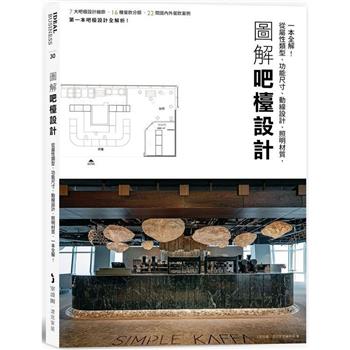Who really built Europe’s finest Romanesque monuments? Clergymen presiding over holy sites are credited throughout history, while highly skilled creators remain anonymous. But the buildings speak for themselves.
This groundbreaking book explores the evidence embedded in medieval monasteries, churches and castles, from Mont Saint-Michel and the Leaning Tower of Pisa to Durham Cathedral and the Basilica of Santiago de Compostela. Tracing the origins of key design innovations from this pre-Gothic period--acknowledged as the essential foundation of all future European construction styles--Diana Darke sheds startling new light on the masons, carpenters and sculptors behind these masterpieces. At a time when Christendom lacked such expertise, Muslim craftsmen had advanced understanding of geometry and complex ornamentation. They dominated high-end construction in Islamic Spain, Sicily and North Africa, spreading knowledge and techniques across Western Europe. Challenging Euro-centric assumptions, Darke uncovers the profound influence of the Islamic world in "Christian" Europe, and argues that "Romanesque" architecture, a nineteenth-century art historians" fiction, should be recognized for what it truly is: Islamesque.| FindBook |
有 1 項符合
Islamesque: The Forgotten Craftsmen Who Built Europe’s Medieval Monuments的圖書 |
 |
Islamesque: The Forgotten Craftsmen Who Built Europe’s Medieval Monuments 作者:Darke 出版社:Hurst & Co. 出版日期:2025-01-07 語言:英文 規格:精裝 / 480頁 / 普通級/ 初版 |
| 圖書館借閱 |
| 國家圖書館 | 全國圖書書目資訊網 | 國立公共資訊圖書館 | 電子書服務平台 | MetaCat 跨館整合查詢 |
| 臺北市立圖書館 | 新北市立圖書館 | 基隆市公共圖書館 | 桃園市立圖書館 | 新竹縣公共圖書館 |
| 苗栗縣立圖書館 | 臺中市立圖書館 | 彰化縣公共圖書館 | 南投縣文化局 | 雲林縣公共圖書館 |
| 嘉義縣圖書館 | 臺南市立圖書館 | 高雄市立圖書館 | 屏東縣公共圖書館 | 宜蘭縣公共圖書館 |
| 花蓮縣文化局 | 臺東縣文化處 |
|
|
圖書介紹 - 資料來源:博客來 評分:
圖書名稱:Islamesque: The Forgotten Craftsmen Who Built Europe’s Medieval Monuments
內容簡介
作者簡介
Diana Darke has spent four decades in the Middle East. Her books include Stealing from the Saracens (also available from Oxford University Press), My House in Damascus and The Ottomans. A non-resident scholar at Washington DC’s Middle East Institute, she holds degrees in Arabic and in Islamic Art and Architecture.
|










